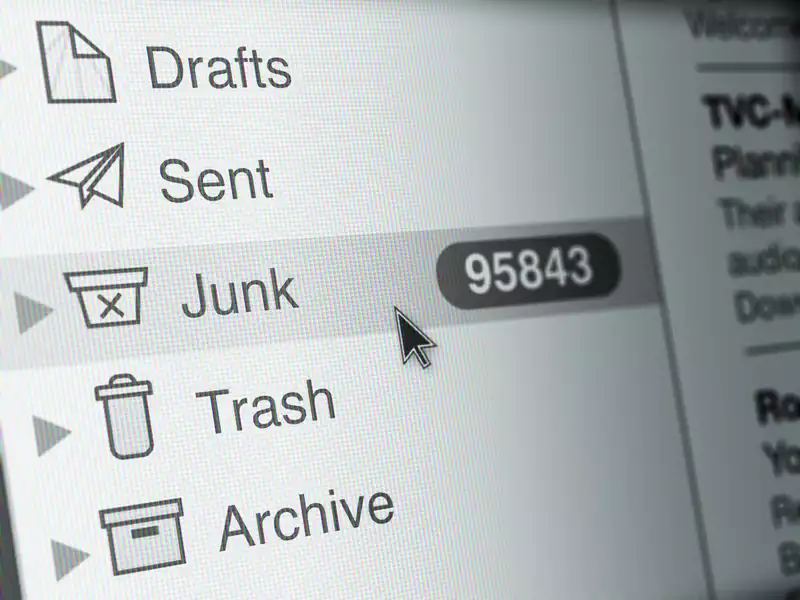As long as the Internet exists, spam will exist From phishing emails to blog comments to messages on Facebook, spam is more or less ubiquitous on the modern Web And nothing we do seems to be enough to stop it
Before we cut to the chase, it is important to identify what we call spam Spam is, in essence, an umbrella term that refers to unsolicited commercial messages, usually sent in large volumes Email is the most common delivery mechanism for spam, but it is not the only one
First, let's look at why spam is so difficult to deal with
It's not that we haven't tried to crack down on spammers over the years We have introduced laws like the CAN-SPAM Act Service providers like Google have announced multiple measures intended to mitigate spam, from stricter search algorithms to AI-based email filters that reportedly catch 999% of Gmail spam
Yet somehow spam persists Why? Despite our best efforts, why does spam persist?
Part of the problem is that there are simply too many communication channels through which spammers can do business In the early days of the Internet, spam was limited to e-mail and forum postings But not anymore
Here are just a few of the ways a spammer might shove a message in your face
It's dizzying No wonder spam has taken the Internet by storm so much, given that, aside from advertising, it costs virtually nothing to generate spam And to be fair, it's not like we haven't made any progress in curbing its spread
According to Statista, in April 2014, spam accounted for 711% of all email messages; as of March 2020, that figure had dropped to about 54% Companies are taking a more active role in weeding out fake software, anti-spam tools are becoming more prevalent, and more people are waking up to the dangers of multi-level marketing
Of course, that doesn't mean you can rest easy yourself Just because spam is slowly being dealt with does not mean you can forget about its existence You need to take some measures yourself to protect yourself
First, the basics for spotting scams that we discussed in detail last time still apply Beware of unusually impersonal language, suggestive threats, and too-good-to-be-true invitations Avoid accessing links or opening attachments if they seem unsafe
Second, practice secure browsing Always make sure you are on the right website before entering your login information, and whenever possible, avoid visiting dodgy websites With a little bit of forethought, you can protect yourself not only from spam, but from a variety of other digital threats as well
Third, you may want to consider installing some sort of ad blocker Not only are ad networks often a delivery mechanism for malware, but certain sites tend to be very intrusive Not only are ad networks often a delivery mechanism for malware, but they also tend to be very intrusive on certain sites
Finally, make sure you are using the proper security software; this is where Bitdefender Total Security comes in In addition to a built-in spam filter that eliminates irrelevant messages in your local email client, it provides everything you might need to stay safe on the Web
This includes web filtering technology to help you avoid harmful websites, anti-fraud and anti-phishing to protect you from scammers, and full real-time protection against threats like malware and ransomware
If you want to protect multiple systems, consider purchasing the Bitdefender Family Pack, which allows you to install Bitdefender Total Security on up to 15 devices
So far, we have talked a lot about threats posed by malicious vendors But that is not the only problem you face on the Web If you don't take the necessary steps to protect your privacy, you could fall prey to everything from unscrupulous marketing companies to online stalkers
We will discuss what you can do to avoid these threats next time










Comments